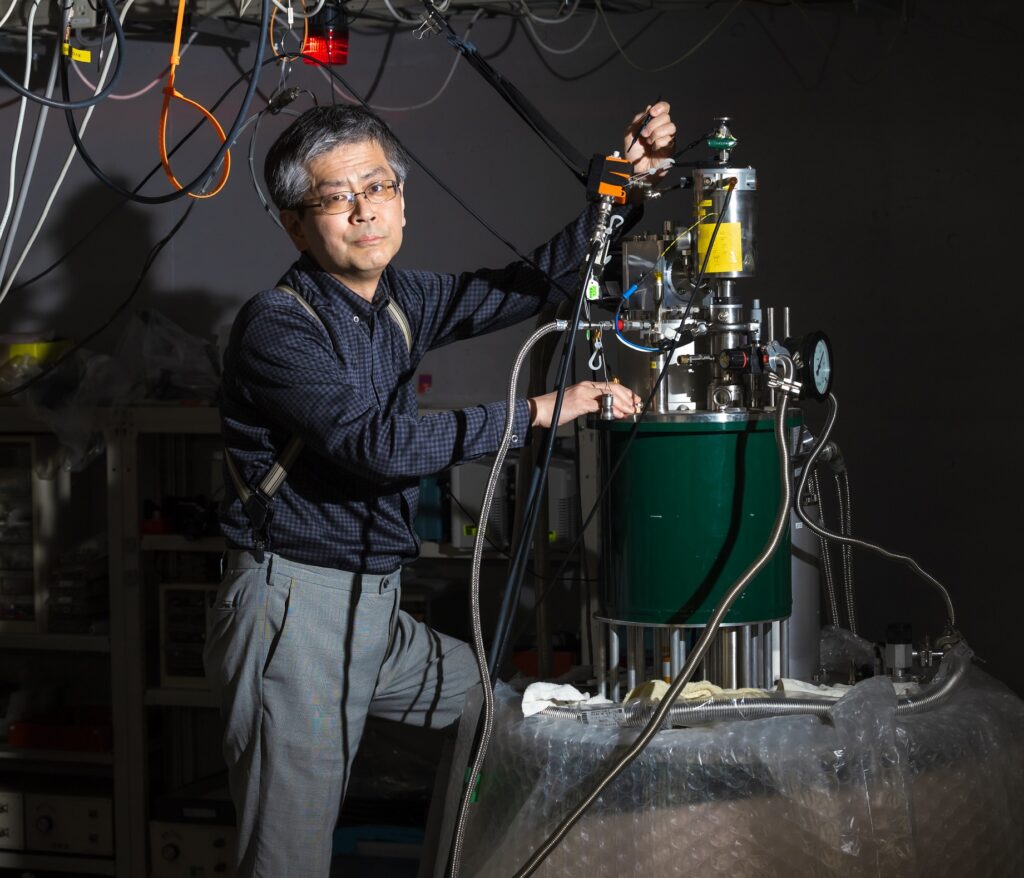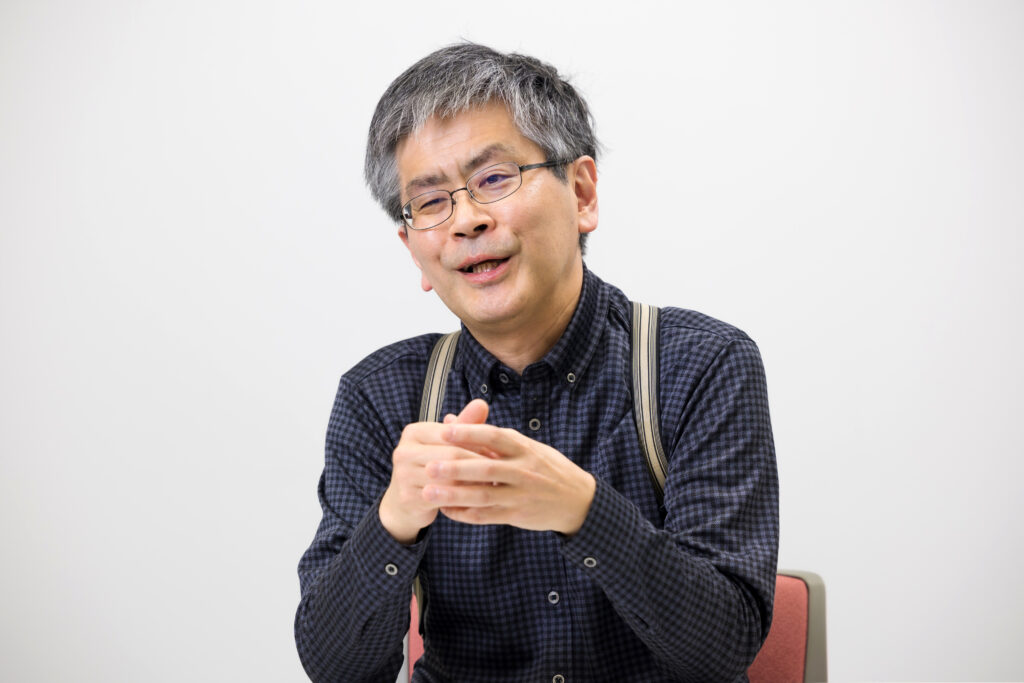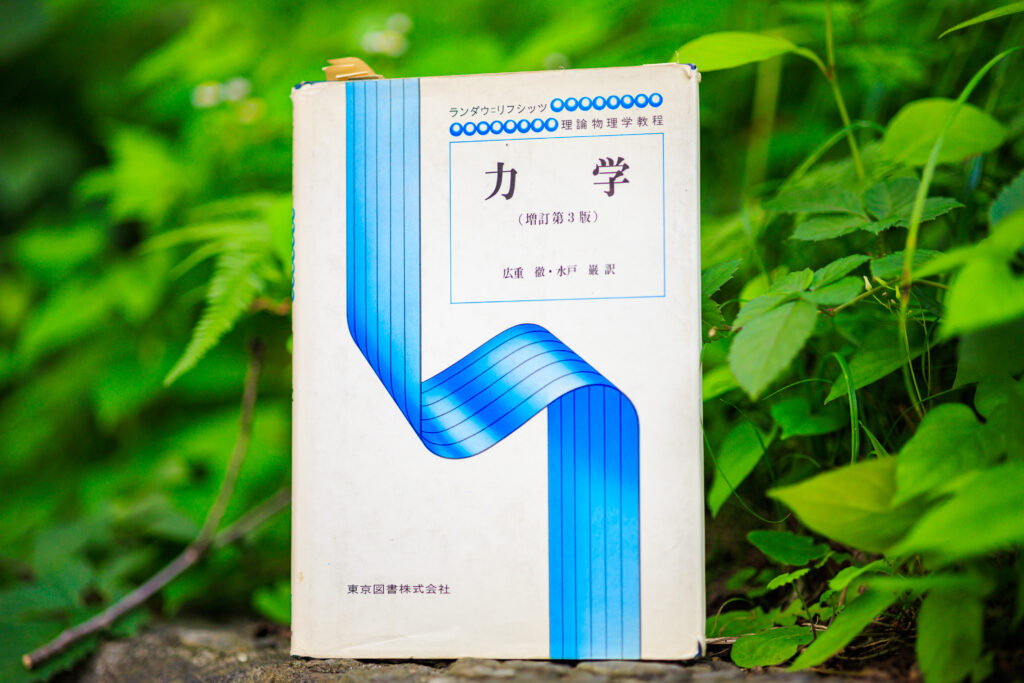
Professor Takayuki Goto from the Faculty of Science and Technology specializes in low temperature physics. Using nuclear magnetic resonance (NMR), he aims to discover unknown electron states with an impact that can surpass superconductivity. What is the appeal of research that looks into the insides of metals at extremely temperatures close to absolute zero?
When water is cooled, it becomes ice. This is a phenomenon whereby water molecules that have lost kinetic energy gain order and form a lattice. The movement of all matter slows down with lower temperatures, and it is believed that movement eventually comes to a complete stop at absolute zero. This is the implication of the third law of thermodynamics.
My main research theme is the behavior of metals at temperatures close to absolute zero. In particular, I pay attention to the spin of electrons in metals. The common perception of spin is that it is the phenomenon of electrons spinning like a top, but actually, it is purely a phenomenon of quantum mechanics. Whatever the case, one characteristic is that electrons behave like a type of microscopic magnet, and at high temperatures, the orientation of those magnets are not ordered. However, according to the third law of thermodynamics, at low temperatures close to absolute zero, it is believed that the spins will also come into alignment.
Spin states are similar to human appetite

However, depending on the positions of electrons, they may not settle down to a stable state and align in order, no matter how much the temperature is lowered. When electrons are placed at each vertex of an equilateral triangle, two out of three electrons will be in a stable state with spins in the opposite direction (antiparallel), but the direction of the remaining third electron is undefined. The technical term for a state with several options is “frustration.”
Frustration is used to express a state of unfulfilled desires, but in the case of appetite, for example, it can also be thought of as a state of undecidedness when presented with two choices: gaining joy from eating a lot or upsetting one’s stomach from eating too much. In this sense, both meanings share something in common.
The methods for addressing frustration are also similar. One is compromise. Instead of choosing a single option, one can make do with something in the middle. In the case of electron spin, instead of opposite directions, the three electrons can adopt an outward orientation at an angle of 120 degrees to each other. As for appetite, one can suppress the urge to each a lot. Other possibilities include segregation (phase separation)—orienting in one direction for half of the spins and in the other direction for the remaining half—and a state of fluctuation that keeps moving in an unstable manner.
Hoping to discover unknown spin states using NMR
Amazing phenomena appear when metals are cooled. One such phenomenon is superconductivity, where electrical resistance becomes zero. I anticipate that new spin states can be discovered by investigating electron spin frustration in detail.
I use the experiment method called nuclear magnetic resonance (NMR) in my research. In NMR, the magnetic and electric fields generated by electrons in metals can be observed by irradiating metals with weak electromagnetic waves at metals. However, this is not like visually observing the structure with a microscope. The output from the NMR equipment is the distribution of magnetic and electric fields. To me, the appeal of this research is solving the mystery behind what this distribution means.
As a youth, I was often tinkering with radios, and have never been content unless I can make something on my own. Even now, when I have a new idea, I am not satisfied until I achieve it with my own hands.
It is not an easy task to discover unknown spin states, and even if we find them, it is not known how they can be of use. However, given that it took around 100 years to reach practical application of superconductivity after its discovery, we cannot say there is no meaning simply because something cannot be used immediately. My dream is to use NMR to discover spin states that have never been seen before.
The book I recommend
“Mechanics”
by Lev Landau and Evgenii Lifshitz, Japanese translation by Tetsu Hiroshige and Iwao Mito, Tokyo Tosho

When I was in my first year at university, a senior from my club recommended this book to me. While the book started off simple, there were a few parts that took me several weeks to understand. Each time I finally understood the concept, I felt joy knowing I was broadening my horizons. It is a book that teaches the ethos of a researcher.
-
Takayuki Goto
- Professor
Department of Engineering and Applied Sciences
Faculty of Science and Technology
- Professor
-
Graduated from the Department of Physics, Faculty of Science, The University of Tokyo, and received his Ph.D. in Science after completing the doctoral program in Physics at the university’s Graduate School of Science. Undertook research at the Institute for Materials Research, Tohoku University and took on the position of assistant professor at the Department of Physics, Faculty of Science and Technology, Sophia University before assuming his current position in 2006.
- Department of Engineering and Applied Sciences
Interviewed: June 2022